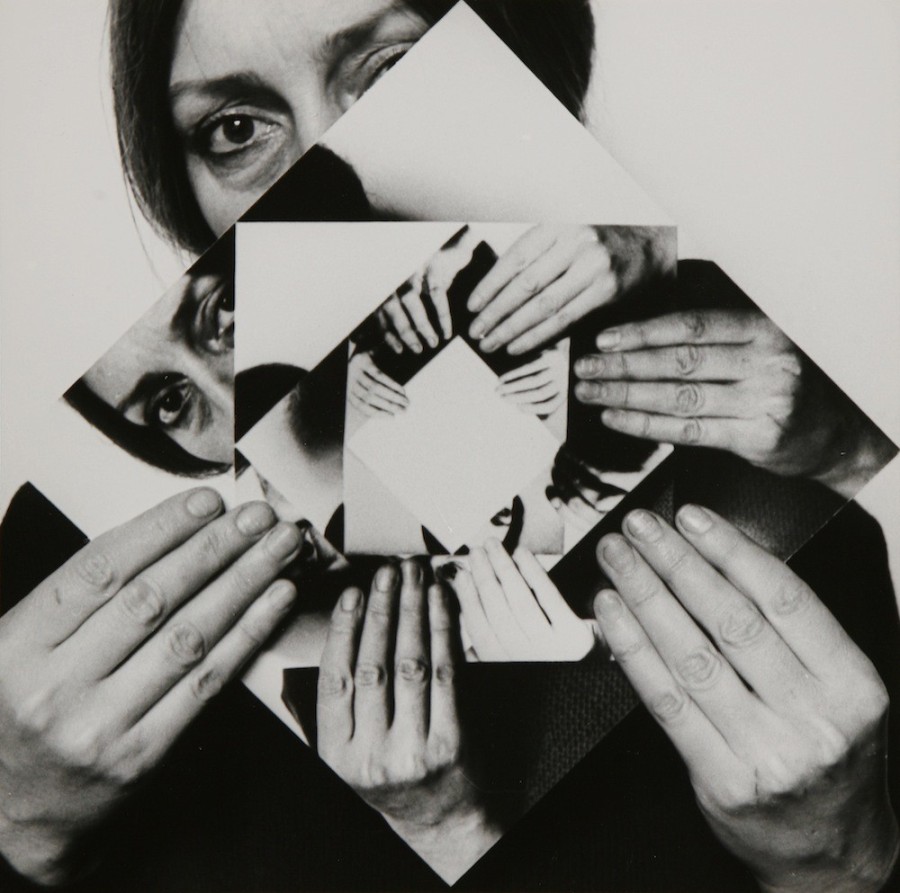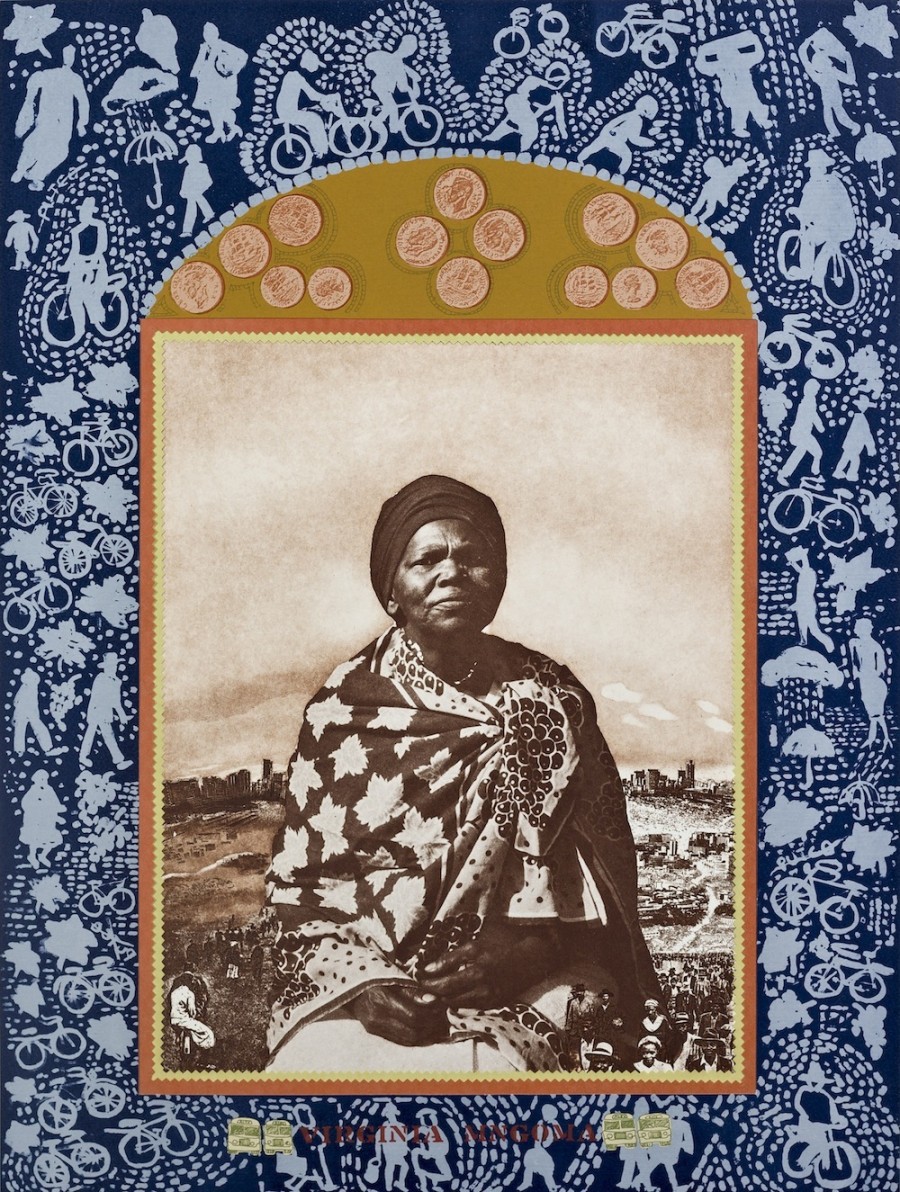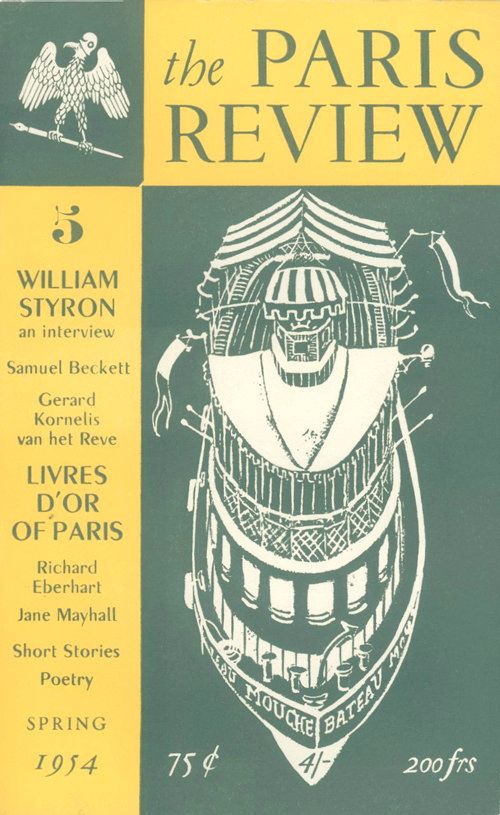These days, if the word "Brazil" is spoken, an image of Tuesday's World Cup fiasco quickly flashes to mind, complete with dropped jaws and collectively bawling bleachers. But here on the arts page we are a little less concerned with whatever soccer games are going down in the Latin American country and more concerned with a far less publicized, far more beautiful, Brazilian event.

Dóra Maurer. Seven Twists, 1979. Photograph (silver print) from series of 6 images, 20 x 20 cm (each). Collection of Zsolt Somlói and Katalin Spengler, Budapest. (Corpo)
"Artevida," or "artlife," is a multi-site contemporary art exhibition taking place throughout the city of Rio de Janeiro this summer. The show, exploring the vibrant spaces where art and life intersect, weaves together Brazilian artists from the 1950s to the early 1980s, particularly those in Rio. The show works in lesser-known international artists from Asia, Eastern Europe, Africa and the Americas as well, all of whom connected with and/or influenced the Brazilian home base.
Curated by Adriano Pedrosa and Rodrigo Moura, the exhibition is organized not through artist or era but through a series of thematic threads, thus refuting a "singular, Eurocentric and encyclopedic art history," as the exhibition describes. The four groups of artworks are corpo (body), arquivo (archive), parque (park) and politica (politics), each division containing within it a cross-section of media, methods, eras and personal visions.

Sue Williamson. A Few South Africans: Virgina Mngoma, 1984. Photoetching/screenprint collage. 70 x 64 cm (108,5 x 80 cm com moldura). Courtesy of the artist and Goodman Gallery. (Politica)
There are more than 250 works on view, a vast majority of which fall into the corpo and politico categories. Corpo explores ideas of self-portraiture, the organic line and the body in flux -- featuring Lygia Clark and Japan's avant-garde Gutai. Politico features works made in resistance to an oppressive political regime, from Brazil’s 1960s military dictatorship to Vietnam. In Arquivo, archival material from two South American artists, Fluxus member Paulo Bruscky and Argentinean artist Graciela Carnevale, are on view, while parque boasts a selection of outdoor sculptures and installations.
"For 'artevida,' Rodrigo Moura and I decided not to approach the exhibition as a comprehensive overview or to trace the geneaology of Brazilian artists," curator Pedrosa explained. "'artevida' is more fragmented than monolithic, provisional than definite. In the search for other more plural, open and diverse narratives that develop dialogues between works and documents, the exhibition has a focus on artists from the Global South, as well as on women artists.”
"The visual arts are woven into every aspect of life in Rio de Janeiro," added curator Moura. "When we were presented with the opportunity to create an exhibition during the World Cup, Adriano Pedrosa and I agreed that the entire city should be our canvas to express the interrelated relationship of art and society rather than trying to contain Rio’s cultural dynamism within a single, traditional art venue."
"artevida" will be on view until September 21, 2014 at various locations throughout Rio de Janeiro, and is is commissioned by the Rio de Janeiro State Culture Secretariat, organized by curators Adriano Pedrosa and Rodrigo Moura and produced by Endora Arte Produções Ltda. The exhibition has been made possible through support by sponsors Itaú and Petrobras.Find more information here.
Get a taste of the stunning works below and let thoughts of black-and-white balls and goal posts drift from your mind.
Sanja Iveković. Personal Cuts, 1982. Video, black and white and color, audio, 3:35 min. Collection espaivisor gallery.(Corpo)
Mathias Goeritz. Cruz en la caja, 1960-61. Wood, metal hinges and gold leaf, 72 x 56 cm (open) / 20.5 x 21 cm (closed). Private Collection. Courtesy of Henrique Faria Fine Art, New York. (Corpo)
Eduardo Terrazas. 2.12, 1970/72. Wool yarn and wooden board covered with Campeche wax. 91 x 91 cm. Private Collection, São Paulo, Brazil. (Corpo)
Geta Brătescu, Vestigii, 1978. Textile collage on paper, 35.5 x 50.5 cm. Private Collection, São Paulo, Brazil. (Corpo)
Martha Araújo. Registro fotográfico da performance/instalação "Hábito Habitante", 1985. Photograph, 18 x 22 cm. Courtesy of the artist and Galeria Jaqueline Martins, São Paulo, Brazil. (Parque)
John Dugger. Model for Angola Banner, 1976. Banner with 9 strips of fabric, 107 x 220 cm. © John Dugger, England & Co Gallery, London. Photo: England & Co Gallery, London. (Politica)
Paulo Bruscky. Luto/Censurado, 1974. Stamped ballot and ballot box, 14.5 x 27 x 4.5 cm. Collection of Lili and João Avelar. Photo: Daniel Mansur. (Politica)
Tsuruko Yamazaki. RED (Shape of Mosquito Net), 1956. Installation. Courtesy LADS, Osaka and Take Ninagawa, Tokyo. artevida installation photo by Jacson Trierveiler, June, 25th, 2014 by the pool of Escola de Artes Visuais at Parque Lage, Rio de Janeiro. (Parque)
Nil Yalter. Topak Ev, 1973. Installation with leather, felt, paint and metal, 2.5 x 3 m. Collection Istanbul Bilgi University. (Politica)
Mladen Stilinović. Crvena nit (Red Thread), 1980. Thread and banknotes on artificial silk, 32 x 105 cm. Courtesy Galerie Frank Elbaz. Photo: Zarko Vijatovic. (Politica)
Abdul Hay Mosallam. Jerusalem, The Bird's Nest, 1978. Acrylic on saw dust and glue, 60 x 60 cm. Courtesy of the artist. (Politica)
Sanja Iveković. NOVI ZAGREB (Ljudi iza prozora), 1979. Photograph, 80 x 110 cm. Courtesy of the artist. (Politica)
Support HuffPost
Our 2024 Coverage Needs You
Your Loyalty Means The World To Us
At HuffPost, we believe that everyone needs high-quality journalism, but we understand that not everyone can afford to pay for expensive news subscriptions. That is why we are committed to providing deeply reported, carefully fact-checked news that is freely accessible to everyone.
Whether you come to HuffPost for updates on the 2024 presidential race, hard-hitting investigations into critical issues facing our country today, or trending stories that make you laugh, we appreciate you. The truth is, news costs money to produce, and we are proud that we have never put our stories behind an expensive paywall.
Would you join us to help keep our stories free for all? Your contribution of as little as $2 will go a long way.
Can't afford to donate? Support HuffPost by creating a free account and log in while you read.
As Americans head to the polls in 2024, the very future of our country is at stake. At HuffPost, we believe that a free press is critical to creating well-informed voters. That's why our journalism is free for everyone, even though other newsrooms retreat behind expensive paywalls.
Our journalists will continue to cover the twists and turns during this historic presidential election. With your help, we'll bring you hard-hitting investigations, well-researched analysis and timely takes you can't find elsewhere. Reporting in this current political climate is a responsibility we do not take lightly, and we thank you for your support.
Contribute as little as $2 to keep our news free for all.
Can't afford to donate? Support HuffPost by creating a free account and log in while you read.
Dear HuffPost Reader
Thank you for your past contribution to HuffPost. We are sincerely grateful for readers like you who help us ensure that we can keep our journalism free for everyone.
The stakes are high this year, and our 2024 coverage could use continued support. Would you consider becoming a regular HuffPost contributor?
Dear HuffPost Reader
Thank you for your past contribution to HuffPost. We are sincerely grateful for readers like you who help us ensure that we can keep our journalism free for everyone.
The stakes are high this year, and our 2024 coverage could use continued support. If circumstances have changed since you last contributed, we hope you’ll consider contributing to HuffPost once more.
Already contributed? Log in to hide these messages.














